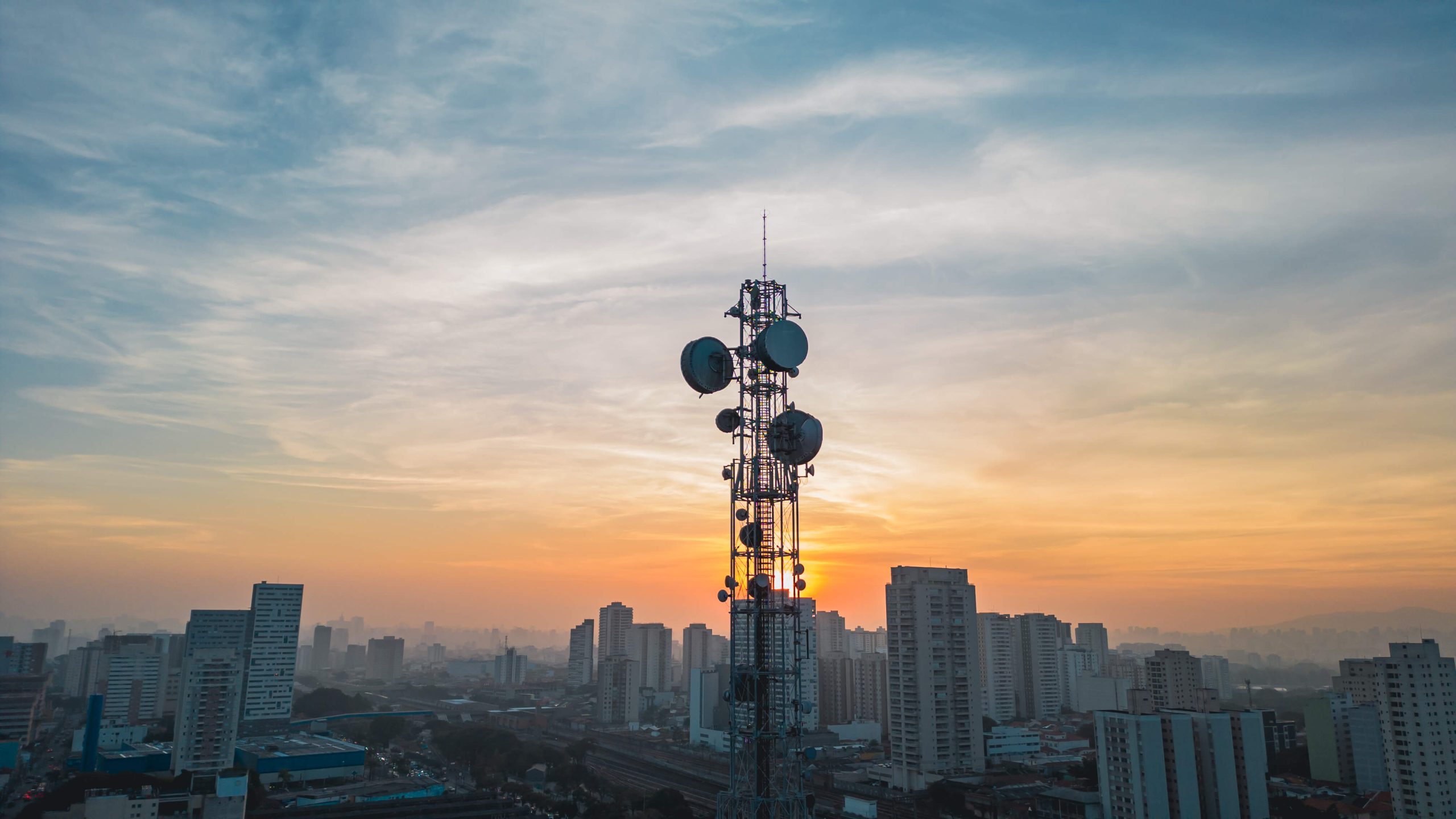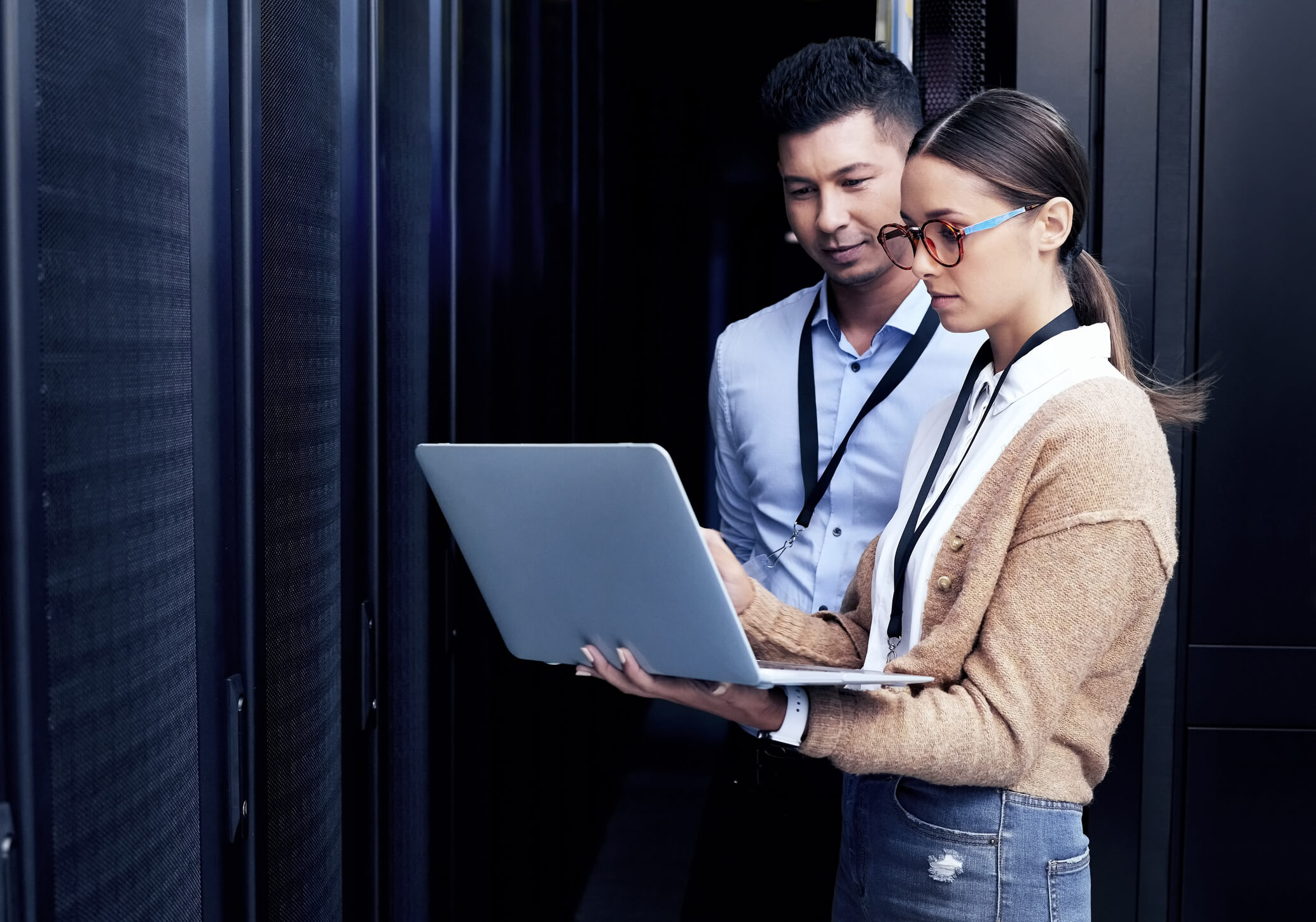
The Impact of 5G on Digital Publishing
Discover how 5G is transforming digital publishing — from faster content delivery to immersive storytelling and mobile-first experiences.
Explore essential security measures to safeguard your valuable content on CMS platforms. Learn how to protect against cyber threats and maintain the integrity of your digital assets.
With the increasing frequency and sophistication of cyber attacks, ensuring the security of your Content Management System (CMS) has never been more critical.
Let’s explore some essential security measures to protect your valuable content from potential threats.
Cyber threats come in various forms, including malware, ransomware, phishing attacks, and unauthorized access. These threats can compromise the integrity, confidentiality, and availability of your content, leading to data breaches, loss of sensitive information, and damage to your reputation.
One of the fundamental security measures for protecting your CMS is implementing robust authentication mechanisms. This includes using strong passwords, multi-factor authentication (MFA), and biometric authentication where possible. By requiring users to authenticate their identity through multiple factors, you can significantly reduce the risk of unauthorized access to your CMS.

Effective user permissions and access controls are essential for limiting access to sensitive content within your CMS. Assigning roles and permissions based on job responsibilities ensures that users only have access to the information necessary to perform their tasks. Additionally, regularly reviewing and updating user permissions helps prevent unauthorized access and potential data breaches.
Encrypting data in transit and at rest is crucial for protecting your content from interception and unauthorized access. Secure Sockets Layer (SSL) encryption should be used to encrypt data transmitted between the CMS server and users’ devices, preventing eavesdropping and man-in-the-middle attacks. Similarly, encrypting data stored in databases and files ensures that even if attackers gain access to your storage systems, they cannot decipher the content without the encryption keys.
Regular security audits and updates are vital for identifying and addressing vulnerabilities in your CMS. Conducting periodic security assessments helps detect potential weaknesses in your system, allowing you to remediate them before they can be exploited by attackers. Additionally, staying up to date with security patches and software updates ensures that your CMS is protected against the latest threats and vulnerabilities.
Investing in training and awareness programs for your CMS users is essential for promoting a security-conscious culture within your organization. Educating users about common cyber threats, phishing scams, and best practices for data security empowers them to recognize and respond to potential risks effectively. By fostering a culture of security awareness, you can significantly reduce the likelihood of security incidents caused by human error or negligence.

Protecting your content from cyber threats requires a proactive and multi-layered approach to security.
By implementing strong authentication mechanisms, securing user permissions, encrypting data, conducting regular security audits, and investing in user training and awareness programs, you can fortify your CMS against potential attacks and safeguard your valuable content.
Remember, ensuring CMS security is an ongoing process that requires continuous vigilance and adaptation to evolving threats. By prioritizing security and adopting best practices, you can protect your content and maintain the trust of your audience.